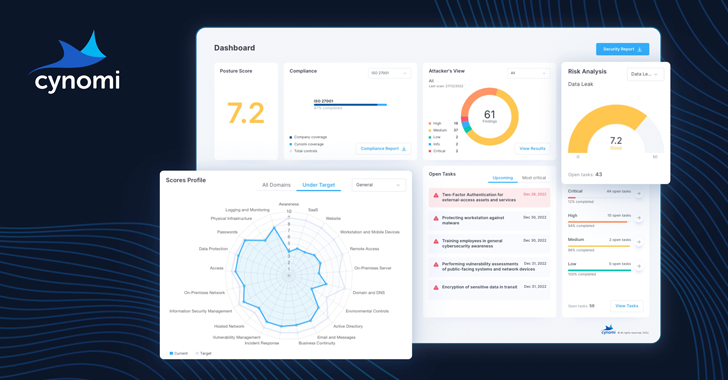Are you looking for easy-to-use Java performance tuning tips because you want to learn more developer knowledge and experience because of the current over-complicated process of optimization techniques?
With a bit of practice, there are a few easy ways to learn best practices that allow you to build and optimize a well-designed and executed application. One way to gain experience is to focus on Java performance tuning tips irrespective of programming language.
1. Avoid Over-optimization
Always stick to performance optimization best practices, or you run the risk of over-optimizing an application’s efficiency. Most notably, never perform any performance tasks before they are required. Preperformance optimization makes code harder to maintain and read long-term, which then lessens the effectiveness of an application.
Without a doubt, software developers spend way too much time worrying about an application’s efficiency rather than effectiveness, which is a significant mistake. Developers will also cost your company a major investment. Therefore, do you want them wasting time with optimization before an application is even in use to identify issues?
2. Identify Application Improvement Needs
How can you improve the performance of your application if you are unsure of what your current need is? You will often also be uncertain of just where to start making improvements. Some developers look at the code, while others utilize profilers to analyze detailed and defined information about performance behaviors. Using a profiler tool will provide a precise understanding of issues that will allow you to focus your attention on definitive elements of the application.
3. Utilize a Performance Test Suite
The key is to lessen the number of problems that will occur, which is why you should create and utilize a performance test suite to improve productivity. You will need a performance test suite that examines the effectiveness of an application as a whole rather than smaller parts or features.
You must also run it before you do any performance enhancements and then again afterward. You will be able to compare and contrast performance and functionality to see if the changes made any difference or if it caused component errors like caches to the application.
4. Rank Bottlenecks
After you have assessed your application needs and test suite best practices, you must also create a list of performance problems you want to improve. While it might be tempting to go for the smaller jobs to get them off your to-do list, you must start with the more substantial bottlenecks that you need to determine by ranking them by their sizes. This type of policy and procedure will ensure you take care of the more challenging issues that improve performance considerably.
5. Prioritize Large Log Levels
Developers often ignore the current log level instead of choosing to ignore the code and go for more apparent tasks like debugging message creation. If you fail to follow this step, you could ultimately create a log message string that will get ignored. The result will be a task that won’t be effective because of performance.
6. Use StringBuilder to Interconnect Strings
Java has several ways to interconnect strings, including StringBuilder, which allow string objects to be modified. If you are connecting programmable code string, you can use this tool to create a loop to enhance performance. It would be best if you also kept in mind that StringBuilder is not safe for thread creation, so you need to weigh the value of using StringBuilder for improving some performance whether you add the first string or interconnect them by adding to the first part.
After implementing the application into Java, keep in mind that strings are not incontrovertible as the result of it will get stored in each new string item. This step will require additional memory that will also reduce the speed of your application. If you are interconnecting strings in a loop, you will want to test your application changes to see how well the performance measures before and after the move.
7. Cache Pricey Resources
Developers often use caching as the go-to solution that avoids code snippets that are pricey, so take the time to cache any resources that will be used regularly. Reusing pricey resources is better than creating new resources every time you need one. The creation of resources is time-consuming, so caching enhances performance while lessening the cost to invest in an application’s production.
There is a constant worry that users won’t appreciate the work put into application development, so developers continuously look for ways to fine-tune performance features. There is also an underlying fear that if developers don’t do enough to improve the performance, so try these tips.










